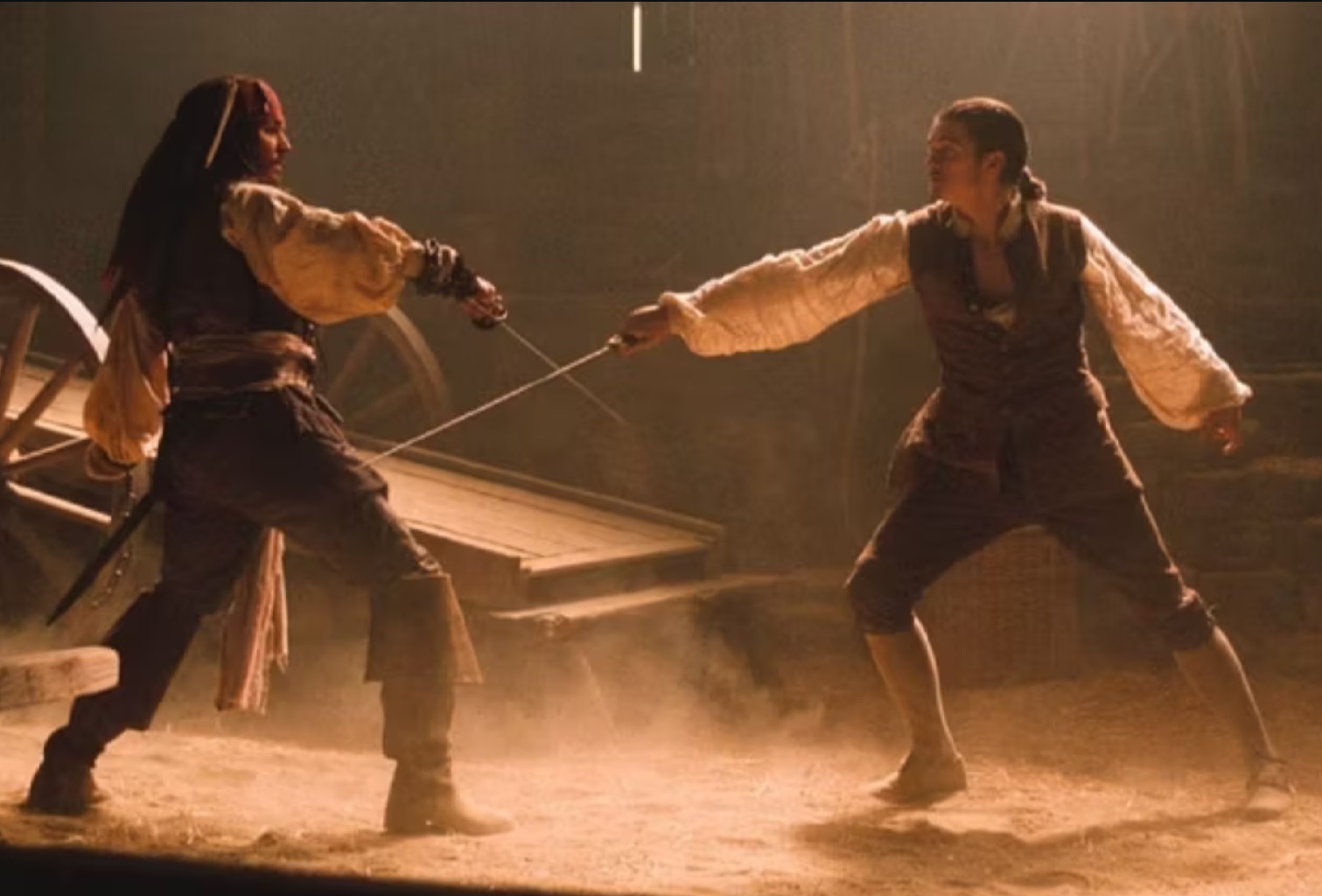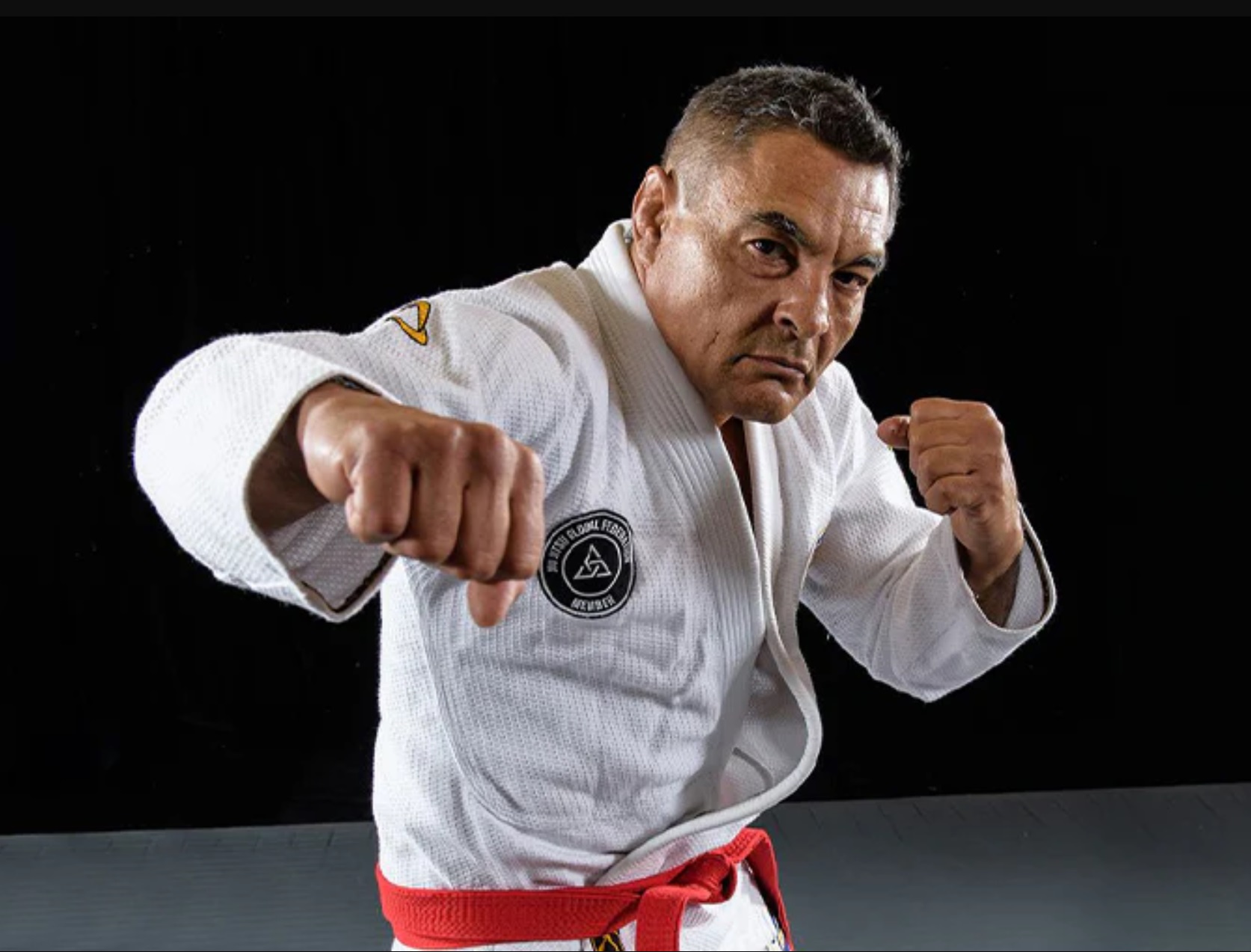The Timeless Art of Fencing: Why Modern Fencing Is Still Relevant Today
Fencing, often referred to as “physical chess,” is a sport that combines the elegance of tradition with the intensity of athleticism. Though its roots stretch back centuries, fencing has evolved into a modern sport that remains relevant and engaging in today’s society. From its rich history and cultural significance to its physical and mental benefits, fencing continues to be a valuable pursuit for men of all ages. Whether you’re seeking a new form of exercise, a mental challenge, or a way to relieve stress, fencing offers an exciting and fulfilling experience.
The History and Evolution of Fencing
Fencing has a long and storied history that dates back to the medieval and Renaissance periods. Originally, fencing was developed as a method of training for duels and combat. It was a practical skill for self-defense and warfare, where the mastery of the sword could mean the difference between life and death. Over time, fencing evolved from a lethal martial art into a refined and regulated sport, particularly in Europe.
By the 17th century, fencing had become a popular activity among the European nobility, who saw it as a way to demonstrate their skill, honor, and social status. The development of the foil, a lighter and safer practice weapon, marked a significant shift in the sport, making it more accessible and less dangerous. The 18th and 19th centuries saw the establishment of fencing schools, formalized techniques, and the codification of rules that are still used in modern fencing today.
The sport continued to evolve, and by the late 19th century, fencing became an Olympic event, debuting at the first modern Olympic Games in Athens in 1896. Since then, fencing has maintained its status as a prestigious sport, with competitions held worldwide, attracting participants from diverse backgrounds.
Cultural Significance and Continued Popularity
Fencing’s cultural significance extends beyond its historical roots. The sport has been featured in literature, theater, and film, often symbolizing themes of honor, bravery, and the struggle between good and evil. Classic films like The Three Musketeers and The Four Musketeers capture the swashbuckling adventures of gallant heroes who use their fencing skills to fight for justice and defend their honor. These movies have left an indelible mark on popular culture, showcasing fencing as not just a sport but an art form that embodies courage and chivalry.
One of the most memorable fencing scenes in film history is the duel between Westley and Inigo Montoya in The Princess Bride. This iconic scene is not only a display of skillful swordplay but also a masterclass in wit, strategy, and respect between opponents. The duel has become a beloved moment in cinema, highlighting the timeless appeal of fencing as a sport that combines physical prowess with mental acuity.
One of the most interesting cultural connections to fencing is its influence on martial arts icon Bruce Lee. Known for his philosophy and innovative approach to martial arts, Bruce Lee studied fencing under the guidance of his brother, Peter Lee, who was a champion fencer. Bruce Lee adapted fencing principles into his martial art system, Jeet Kune Do, emphasizing the importance of footwork, timing, and strategy—elements that are central to both fencing and martial arts. Lee’s incorporation of fencing techniques into his fighting style demonstrates the sport’s versatility and relevance across different disciplines.
In today’s world, fencing remains popular not only for its historical and cultural appeal but also for its adaptability. Modern fencing has embraced technological advancements, such as electronic scoring systems and lightweight equipment, making the sport more accessible and enjoyable for participants. Fencing clubs and schools can be found in many cities across the globe, offering opportunities for individuals of all ages and skill levels to learn and compete.
The Physical and Mental Benefits of Fencing
Fencing is often described as a sport that engages both the body and the mind. It requires a unique combination of physical agility, coordination, and mental acuity. Here’s why fencing is an excellent activity for men looking to improve their overall well-being:
- Improved Coordination and Agility: Fencing demands precise movements and quick reflexes. The sport helps develop fine motor skills, hand-eye coordination, and overall agility. As fencers practice footwork, lunges, and parries, they build strength, speed, and flexibility.
- Mental Sharpness and Decision-Making: Fencing is often compared to chess because it requires strategic thinking and quick decision-making. Each bout is a mental battle, where fencers must anticipate their opponent’s moves, plan their attacks, and adapt their strategies in real-time. This mental challenge helps improve focus, concentration, and problem-solving skills.
- Cardiovascular Health and Fitness: Fencing is an intense cardiovascular workout that can burn calories, build endurance, and improve heart health. The fast-paced nature of the sport keeps participants moving, making it an excellent form of aerobic exercise.
- Stress Relief and Emotional Well-Being: Fencing provides an outlet for stress and tension. The physical exertion combined with the focus required during a bout can be a great way to clear the mind and release pent-up energy. Additionally, the camaraderie and sportsmanship inherent in fencing contribute to a positive social environment, fostering a sense of belonging and community.
Fencing as a Lifelong Pursuit
One of the most appealing aspects of fencing is its accessibility to individuals of all ages. Whether you’re a teenager, a young professional, or a senior looking for a new hobby, fencing offers something for everyone. The sport can be tailored to suit different fitness levels, and many fencing clubs provide instruction for beginners, making it easy to get started.
For men who are seeking a lifelong pursuit that challenges both the body and the mind, fencing is an ideal choice. The skills developed through fencing—such as discipline, patience, and resilience—are transferable to other areas of life, including work, relationships, and personal growth.
Famous Fencers and Success Stories
Throughout history, fencing has produced many notable figures who have left their mark on the sport. One of the most famous fencers is Aldo Nadi, an Italian fencer who won three gold medals at the 1920 Olympics. Nadi’s skill and dedication to the sport made him a legend in the fencing community, and his book On Fencing is still considered a must-read for serious fencers.
More recently, American fencer Mariel Zagunis made history by becoming the first U.S. fencer to win an Olympic gold medal in over 100 years. Her success has inspired a new generation of fencers, particularly women, to take up the sport.
Another inspiring story is that of Yuki Ota, a Japanese fencer who has become a global ambassador for the sport. Ota’s achievements on the international stage, including multiple Olympic and World Championship medals, have helped raise the profile of fencing in Asia and beyond.
These success stories demonstrate that fencing is not just a relic of the past; it is a dynamic and evolving sport that continues to inspire and challenge individuals around the world.
How to Get Started with Fencing
If you’re interested in trying fencing, the best way to start is by finding a local fencing club or school. Many clubs offer beginner classes where you can learn the basics of footwork, bladework, and strategy. Most clubs provide equipment for beginners, so you don’t need to invest in gear right away.
As you progress, you may want to invest in your own fencing equipment, such as a mask, jacket, glove, and weapon. There are three main types of fencing weapons: foil, epee, and sabre. Each weapon has its own rules and techniques, so you can choose the one that best suits your interests.
Fencing is a sport that rewards dedication and practice. With time and effort, you’ll develop the skills and confidence needed to compete in local, national, or even international tournaments.
Conclusion: The Relevance of Fencing in Modern Society
In a world where technology often dominates our daily lives, fencing offers a refreshing return to physical activity, mental discipline, and personal growth. The sport’s rich history, cultural significance, and enduring appeal make it a relevant and valuable pursuit in today’s society. For men seeking a new challenge, a way to stay fit, or a means of relieving stress, fencing provides an opportunity to engage in a sport that is as timeless as it is modern.
By embracing the principles of fencing—such as honor, respect, and perseverance—modern men can find fulfillment and purpose in this age-old art. Whether you’re inspired by the famous fencers of the past or motivated by your own desire for self-improvement, fencing offers a path to both physical and mental excellence.
For more information on getting started with fencing, check out the following resources:
Whether you’re a seasoned athlete or a complete beginner, fencing has something to offer. So why not pick up a sword and give it a try? You might just discover a passion that lasts a lifetime.





